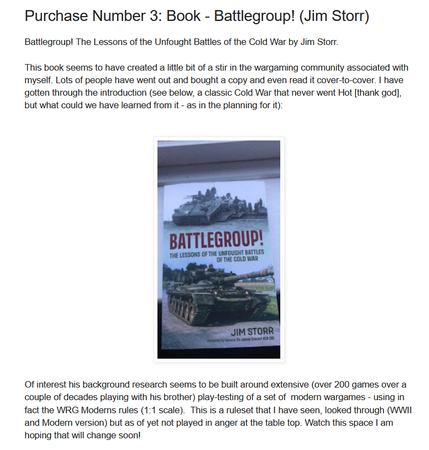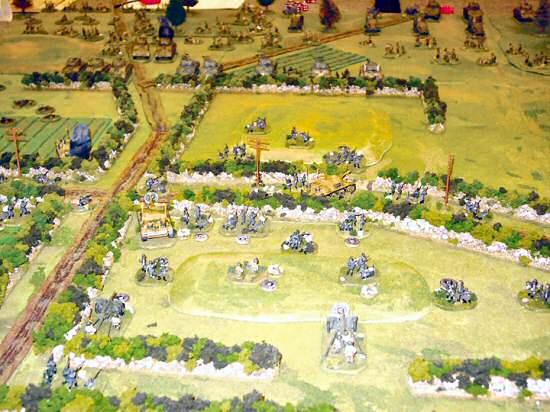
A Journey into Space with 1950s Radio, TV, Films, Comics and Books
208 pages. Illustrated throughout in color. Picture credits, index.
Despite the title, it is not the author's contention that the 1950s was the Golden Age of Science Fiction. Rather, he says that it was his personal Golden Age of Science Fiction because that was when he was growing up and discovered science fiction.
The introduction - 11 pages - tells how the author discovered science fiction. In the 1950s, most sci-fi movies in England were rated 'X' (meaning, unsuited for children), but in 1956 he had a chance to see the 'A'-rated Invaders From Mars and was hooked for life! Soon he found sci-fi comics, sci-fi on the radio, and sci-fi books.
The rest of the book is divided by type of medium:
- Science Fiction on Radio
- Covering the Journey Into Space, The Lost Planet, and Dan Dare radio serials, plus a brief summary of other British as well as American radio series. 28 pages
- Science Fiction on Television
- Covering the Quatermass and Invisible Man TV series and the controversial 1984 TV episode, plus a summary of other British as well as American TV series. 28 pages
- Science Fiction on Film
- After a discussion of British ratings, sci-fi plots and stereotypes, 3D movies, and misleading movie posters, the author provides brief summaries of:
- 1950: Destination Moon
- 1951: The Day The Earth Stood Still
- 1953: Invaders From Mars
- 1953: The War of the Worlds
- 1953: It Came From Outer Space
- 1955: This Island Earth
- 1956: Invasion of the Body Snatchers
- 1956: Forbidden Planet
- 1957: The Incredible Shrinking Man
- 1958: The Fly
- 1953: Donovan's Brain
- 1954: Creature From the Black Lagoon
- 1954: Them!
- 1955: Conquest of Space
- 1955: The Quatermass Xperiment
- 1956: Earth Versus the Flying Saucers
- 1956: Nineteen Eighty-Four
- 1957: Quatermass II
- 1957: The Night the World Exploded
- 1958: The Blob
- 1958: I Married a Monster From Outer Space
- 1959: Plan X From Outer Space
- 1959: Journey to the Centre of the Earth
- Science Fiction in Books
- After a history of published science fiction until the 1950s, the author provides a description of the works of his favorite authors: John Wyndham (The Day of the Triffids), Isaac Asimov (Foundation and Robots series), Arthur C. Clarke (Childhood's End), and Ray Bradbury (The Martian Chronicles). Capsule descriptions of six additional authors. 50 pages
- Science Fiction Comics and Magazines
- The author explains that for a child in Britain in the 1950s, sci-fi comics were usually considered unsuitable by parents (lumped in with 'horror comics'!). Describes the Dan Dare strip that originated in Eagle, then summarizes other comics and comic strips. The author then provides a history of sci-fi magazines up to the 1950s, with profiles of:
- The Magazine of Fantasy and Science Fiction
- Astounding Science-Fiction
- Galaxy Science Fiction
- New Worlds
- Science Fantasy
- Nebula Science Fiction
- Vargo Statten Science Fiction Magazine
- Thrilling Wonder Stories
- Super Science Stories
This book is a quick read, well illustrated with book covers and film posters, and with occasional information from interviews the author conducted over the years. Much of the focus is on the British sci-fi scene, and will come as new information for many non-British readers. I found it enjoyable.
Reviewed by ![]() Editor in Chief Bill
Editor in Chief Bill ![]()
![]() .
.
Currently available in hardback; paperback edition coming September 2019.









